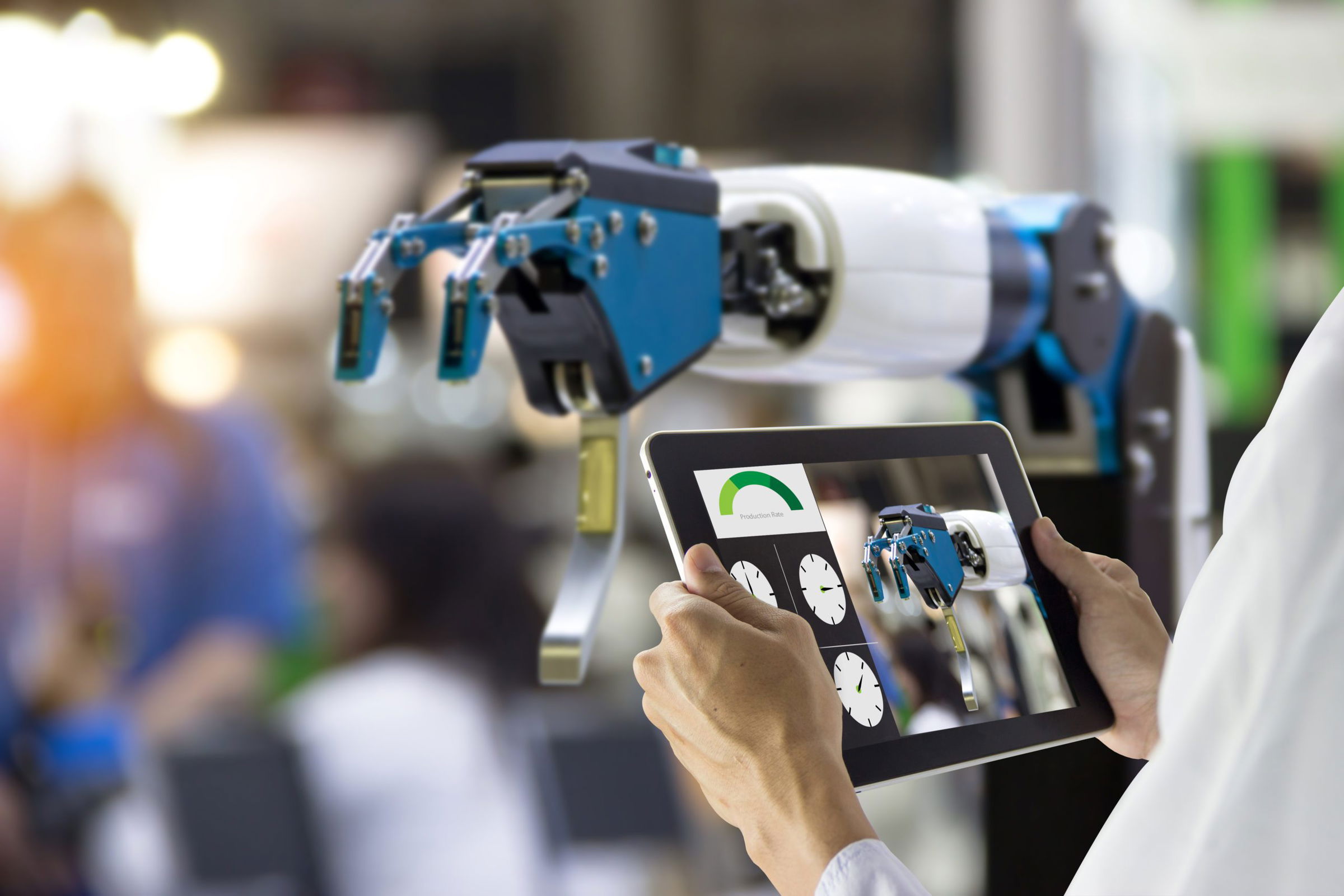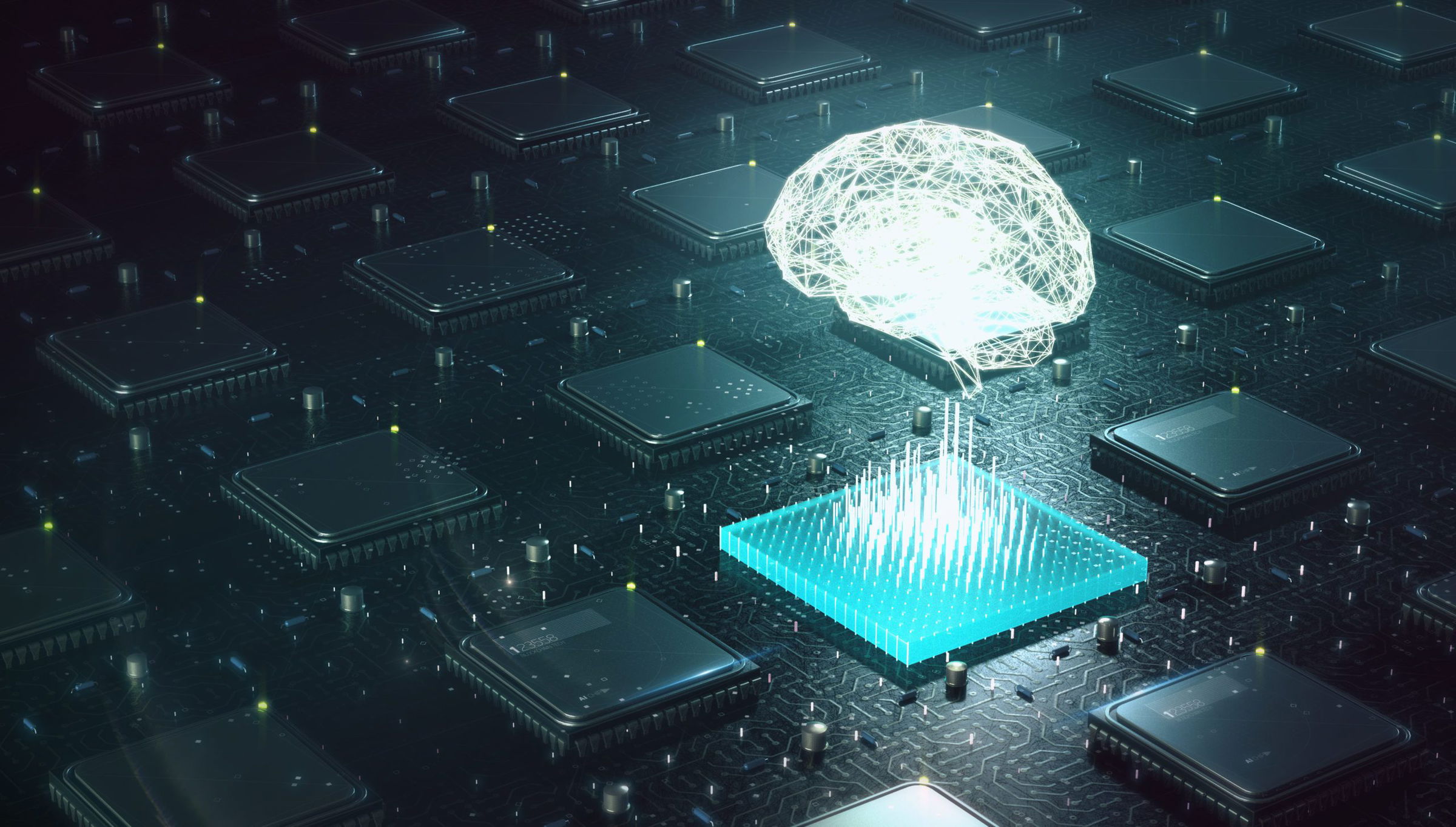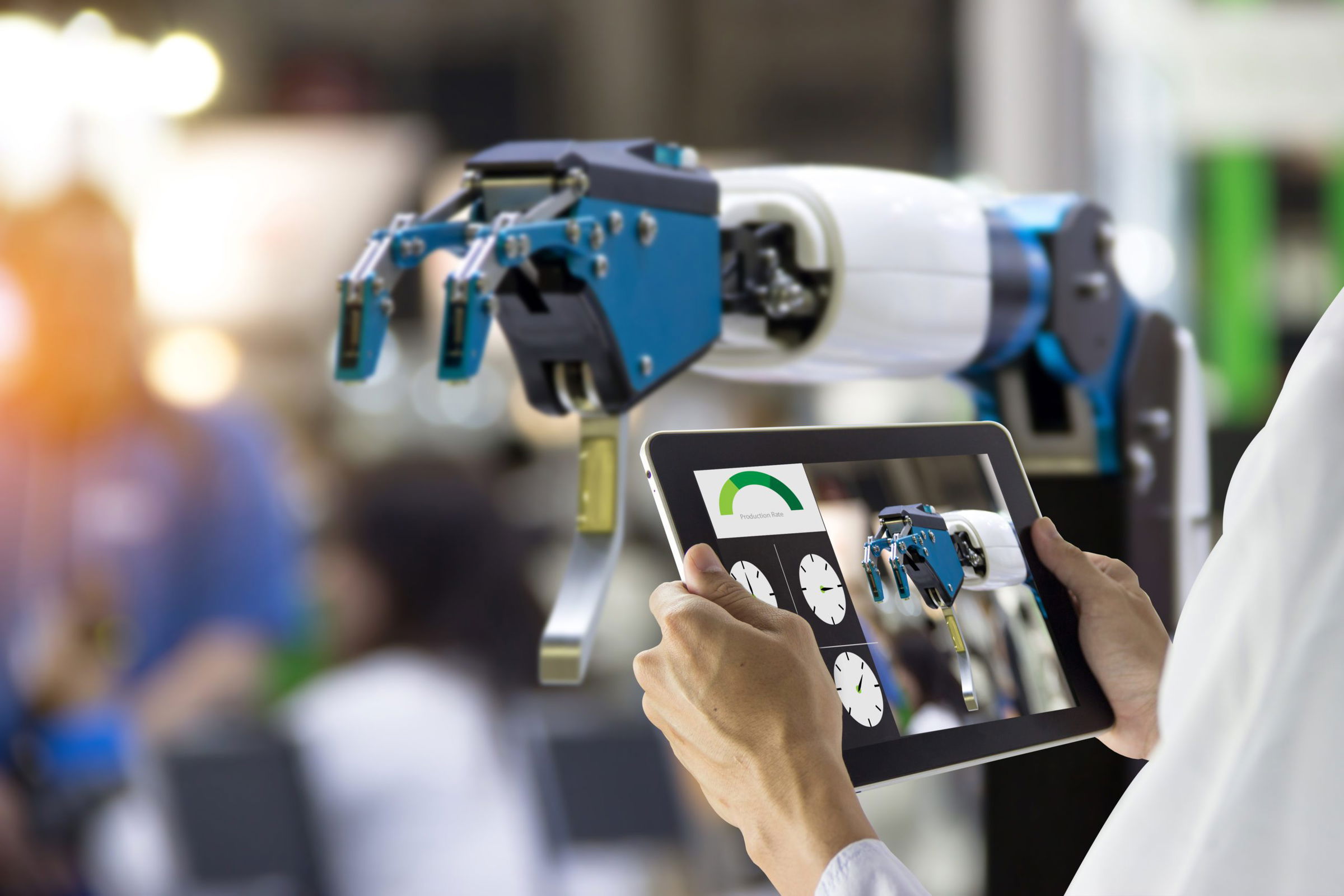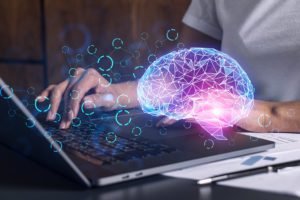AIML or Artificial Intelligence and Machine Learning are some of the leading subject matters in the tech industry. ML is a branch of AI and has a wide range of applications in our daily lives, ranging from traffic predictions, face and voice recognition, product recommendations, virtual personal assistant, fraud detection, automatic language translation, and many more.
Therefore, big ventures like Google and Facebook are exclusively employing AIML in their products and services. Machine learning is the process by which computer scientists and engineers attempt to impart intelligent behavior into machines, to make them think and respond like human-mind in real-time situations.
For example, Google Assistant, Cortana, and Siri are entirely powered by machine learning algorithms that recognize speech.
AIML works in a complex way to make predictions and decisions based on past data, eventually refining its accuracy. A machine learning course can definitely help someone study and get training in machine learning data and algorithms.
What are the top Machine Learning Skills?
To get a desirable job related to machine learning – data engineer, machine learning engineer or machine learning scientist – you need to have knowledge and training in both software engineering and data science.
Following are the top 5 machine learning skills desired by employers:
- Computer Science Fundamentals and Programming
If you are getting into a technical world, then you need to have knowledge of CS fundamentals like data structures (graphs, stacks, queues, etc), algorithms (optimizing, dynamic programming, etc), computability, and complexity (NP problems, P vs NP, etc).
Having experience in different programming languages, like Python and Java, will make it easy for you to implement these fundamentals for better results.
- Applied Mathematics
Within applied mathematics, probability and statistics go hand in hand. Many machine learning algorithms employ probability and its techniques, like Markov Decision Process and Bayes Net, to approach uncertainties and deal with them.
You should also be well-versed in statistics to be able to build algorithms from observed data through the application of various measures, analysis methods, and distributions.
- Data Modelling and Evaluation
Data modeling is the process of understanding the underlying structure of a dataset, in order to find complex patterns. Furthermore, you will have to evaluate the data to be able to choose an effective accuracy/error measure like regression, clustering, and classification.
The kind of evaluation strategy that you will apply, whether it’s training-testing split or sequential vs randomized cross-validation, depends on your knowledge of data modeling and its different measures.
- Machine Learning Algorithms
ML algorithms are broadly characterized into three categories – supervised, unsupervised and reinforcement machine learning algorithms. You can effectively choose a machine learning algorithm if you are aware of the learning procedures and hyperparameters that affect the learning.
Some of the common algorithms are K Means Clustering, Naïve Bayes Classifier, Support Vector Machine and Linear Regression. Having appropriate knowledge of the advantages and disadvantages of these algorithms is essential to machine learning.
- Natural Language Processing (NLP)
NLP is the bedrock of machine learning. It is a learning model through which a computer is made to understand and interpret the human language. Many libraries across the world provide the foundation of NLP and help computers understand human language by decoding the text or speech according to its syntax.
Natural Language Toolkit is one of the most popular libraries to build NLP applications. Without the basic skill of using NLP, it can become fairly difficult to get into machine learning.
Conclusion
All these skills come under one roof with the Artificial Intelligence and Machine Learning course offered by Imarticus. A PG in Data Analytics and Machine Learning will definitely polish these top skills and help you understand related concepts such as Deep Learning and Artificial Neural networks.






 However, such a transformation requires the support of technology and, because of the enormous amount of data,
However, such a transformation requires the support of technology and, because of the enormous amount of data,